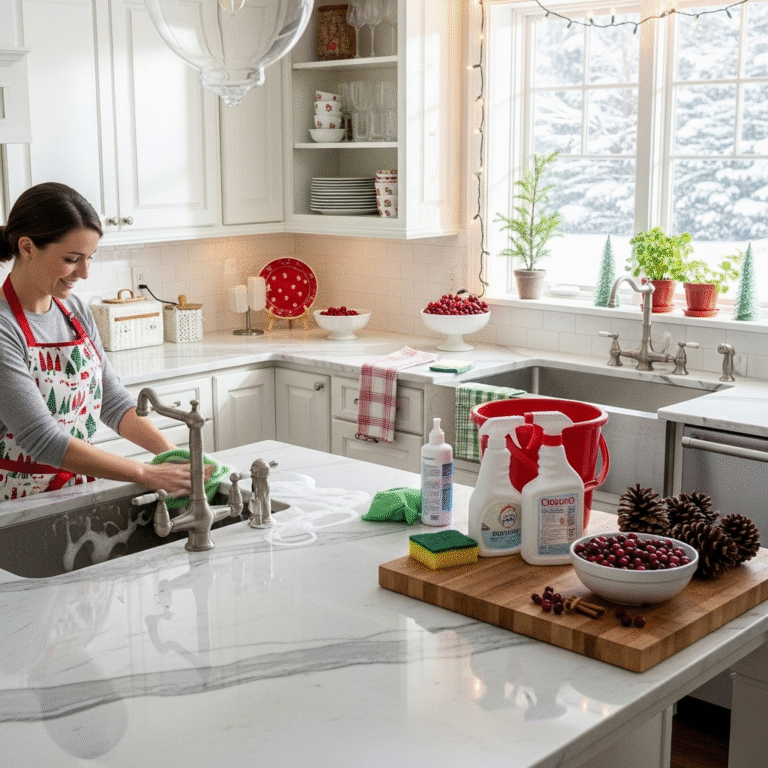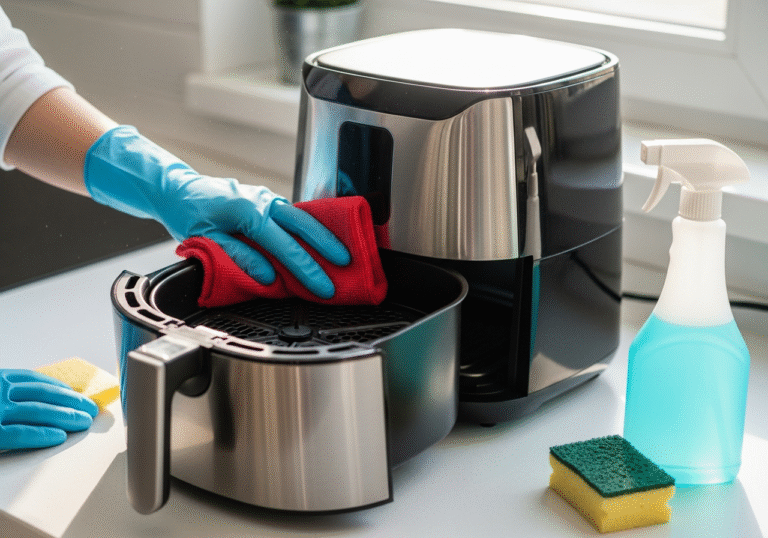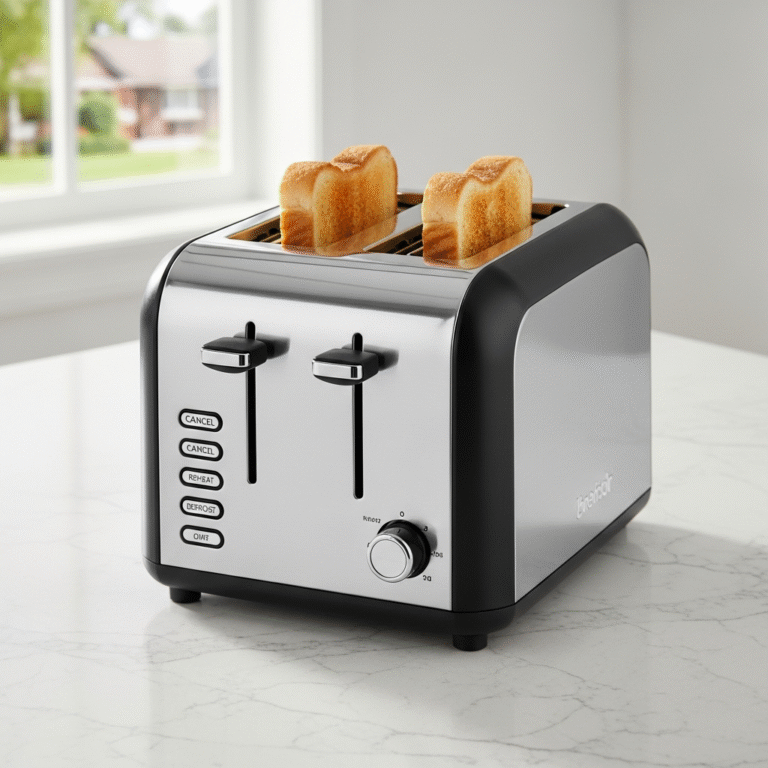The garbage disposal unit is arguably the most misunderstood, misused, and unfairly burdened appliance in the entire modern home. It sits unobtrusively beneath the kitchen sink, a dark, motorized chamber that many homeowners treat as a convenient, magical black hole capable of vanishing any organic waste that fits down the drain. This fundamental misconception—viewing the disposal as a trash can or a goat capable of digesting anything—is the primary driver of kitchen plumbing disasters, burnt-out motors, and foul, lingering odors that permeate the living space. To maintain a functional kitchen and avoid the immense inconvenience and cost of a backed-up sink, one must understand the precise mechanics of the machine and unlearn the convenient but destructive habits that compromise its integrity. A garbage disposal is a precision instrument designed for a very specific purpose: to grind small amounts of soft food residue into particles fine enough to pass through narrow plumbing pipes. It is not a landfill substitute.
1.How it Works
To truly grasp why specific items cause such catastrophic damage, it is necessary to first understand how the unit actually operates, as the popular imagination is almost entirely wrong. There is a persistent myth that a garbage disposal works like a blender, utilizing spinning blades to chop food into pieces. This is false. If you were to look inside—with the power strictly turned off—you would see a metal turntable equipped with two blunt, swiveling metal lugs, known as impellers. When the unit is activated, the turntable spins at a high velocity. Centrifugal force pushes the food waste against the outer wall of the chamber, which is lined with a stationary grind ring that acts somewhat like a cheese grater. The impellers smash the food against this ring, shredding it into a liquid pulp. There are no knives. This distinction is crucial because it explains why fibrous and stringy materials are so destructive. Since nothing is being sliced, stringy items do not get cut; instead, they unravel.

2.Vegetable Fibers
Vegetable fibers pose one of the most significant threats to this mechanism. Vegetables like celery, corn husks, artichokes, asparagus, and onion skins are composed of tough, stringy fibers. When these items enter the disposal, they are not severed by blades. As the turntable spins, these strands unravel and wrap tightly around the base of the impellers or the drive shaft. It is mechanically similar to hair getting caught in the brush roll of a vacuum cleaner. Initially, this might just slow the motor down or make it hum loudly, but eventually, the tension becomes so great that the motor jams completely. Corn husks are particularly notorious for this; their sheer tensile strength can bring a powerful motor to a dead halt. Removing these tangles often requires pliers and a flashlight, a dangerous and difficult task that is easily avoided by using the compost bin or the trash can.
3.Oil and Fat
While fibrous materials cause mechanical jams, grease, oil, and fat cause plumbing catastrophes that extend far beyond the disposal unit itself. Pouring cooking grease down the drain is arguably the most damaging habit in the kitchen. When grease is hot, it is a liquid, leading people to believe it will flow harmlessly through the pipes like water. However, as soon as that grease enters the cold environment of the drainpipe, it solidifies. It turns into a thick, sticky, wax-like paste that coats the blades, the grind ring, and the lining of your plumbing. Over time, this layer thickens, narrowing the diameter of the pipe. It traps other food particles, coffee grounds, and debris that pass by, eventually closing off the pipe entirely. This creates a “fatberg” in your plumbing that a disposal cannot grind away. Even if the grease makes it past the disposal, it causes havoc in the municipal sewer system or your septic tank. All oils, butter, lard, and rendered animal fats should be collected in a container, allowed to cool, and thrown in the solid trash.

4.Starchy Food
Starchy foods are another category that acts as a silent killer of disposal units and drain lines. Pasta, rice, potatoes, and even oats seem harmless because they are soft and easily mashed. However, starch has a unique chemical reaction to water: it expands and turns into a paste. When you put a large amount of cooked pasta or rice down the drain, the water flow continues to hydrate it, causing it to swell inside the pipes. Even if the disposal grinds it up, the resulting slurry transforms into a thick, glue-like substance. Potato peels are perhaps the worst offender in this category. When a large volume of peels is ground up, they form a thick, starchy mash similar to spackle, grout, or wallpaper paste. This mash moves slowly, filling the P-trap—the U-shaped pipe beneath the sink designed to hold water and block sewer gas—and hardens into a blockage that usually requires a plumber’s snake to dislodge.
5.Hard Materials
Hard materials represent a more obvious physical danger to the machine’s components. Fruit pits, large bones, and seafood shells are simply too dense for most residential disposals to handle. While a high-end, high-horsepower unit might be able to crack a small chicken bone, it is generally a risk not worth taking. When a hard object like a peach pit hits the spinning metal turntable, it creates a violent racket, sounding like rocks in a blender. This impact can dent the turntable, break the impellers, or even crack the casing of the disposal itself, leading to leaks under the sink. Even if the unit manages to break the object, the resulting shards can settle in the drain line, acting as a net that catches other debris. Non-food items like glass, plastic, twist ties, pull tabs, and cigarette butts should absolutely never enter the unit. They will not break down and will simply rattle around until they cause mechanical failure or pass through to cause blockages downstream.

6.Hot Water
The technique used to operate the disposal is just as important as the materials being processed. A common mistake is using hot water while grinding food. While hot water is generally better for cleaning dishes and sanitizing surfaces, it is detrimental during the disposal process. Hot water liquefies any residual fats or grease on the food, allowing them to pass through the disposal in liquid form. However, a few feet down the pipe, that water cools, and the grease solidifies, creating clogs deep in the plumbing where they are difficult to reach. You should always run cold water when using the disposal. Cold water keeps fats solid, allowing the disposal to chop them into tiny granules that can be flushed all the way through the system.
Furthermore, the volume and duration of the water flow are vital. The water should be running before you turn the disposal on, and it should continue running for at least thirty seconds after you turn it off. This “post-flush” is a step that is frequently skipped. Many people turn off the water the second the grinding noise stops, leaving pulverized waste sitting in the P-trap. Without sufficient water to push it, this slurry settles and dries into a clog. The extra water ensures the waste is pushed all the way past the trap and into the main sewer line.
7.Bad Smell
Maintenance of the unit is often neglected until a smell develops. The garbage disposal is a wet environment full of decaying organic matter, making it a prime breeding ground for bacteria and mold. The most common source of odor is not the bottom of the chamber, but the underside of the black rubber splash guard—the flaps you see looking down into the drain. Food particles get splashed up and stuck to the bottom of these flaps, where they rot unseen. This area needs to be scrubbed physically. You can use an old toothbrush with some dish soap to scour the underside of the splash guard. Simply pouring cleaner down the hole misses this critical area. For cleaning the internal chamber, avoid harsh drain openers or bleach. These chemicals can damage the rubber seals and gaskets inside the unit, leading to leaks, and they can corrode the metal components. A safer and more effective cleaning method involves ice and salt. Pouring a cup of ice cubes and a half-cup of rock salt down the drain and running the disposal creates a scouring action. The ice is hard enough to knock slime and debris off the impellers and the grind ring, but it eventually melts and washes away. The salt adds friction to scrub the metal surfaces.

8.Freezing
When the unit inevitably jams, panic often leads to incorrect actions. If the disposal hums but the turntable won’t spin, or if it goes completely silent, it has triggered its internal safety mechanisms to prevent the motor from burning out. The first rule of troubleshooting is to never, under any circumstances, put your hand inside the disposal. Even if the power is off, the tension on a jammed impeller can cause it to snap back when dislodged, causing severe injury. Most disposals are equipped with a thermal overload button, usually a small red button on the bottom of the unit under the sink. If the unit is silent, this button has likely popped. Pressing it resets the electrical connection. If the unit hums but won’t move, there is a mechanical jam. Most units come with an offset hex wrench (an Allen key) that fits into a slot in the very center of the bottom of the unit exterior. Turning this wrench manually rotates the motor shaft, allowing you to wiggle the turntable back and forth to dislodge the obstruction safely from the outside.
9.Composting
Environmental considerations also play a role in how a disposal should be used. It is important to remember that everything you grind up must be processed by water treatment plants. Excessive use of disposals increases the biological load on these facilities, requiring more energy and chemicals to treat the water. For homeowners on septic systems, the caution must be doubled. Septic tanks rely on bacteria to break down solids. Overloading a septic tank with ground-up food waste can disrupt the bacterial balance and fill the tank with sludge much faster than normal, requiring more frequent pumping and risking system failure. If you are on a septic system, the disposal should be used sparingly, if at all. Composting is a far superior alternative for vegetable scraps, coffee grounds, and eggshells, returning nutrients to the soil rather than burdening the plumbing system.

10.Daily Care
The lifespan of a garbage disposal is directly correlated to how it is treated. A unit that is forced to grind bones, grease, and fibrous vegetables will wear out its impellers and burn out its motor within a few years. A unit that is used gently—primarily for small plate scraps—and maintained with cold water and regular ice cleaning can last a decade or more. Signs of a failing unit include persistent leaks from the housing, which indicate a cracked shell or blown seal, or a motor that slowly loses power and jams frequently on soft food. Rust is also a terminal issue; once the internal components rust through, the unit must be replaced.
Ultimately, the garbage disposal is a convenience, not a necessity. It is a tool designed to aid in kitchen cleanup, not to replace the trash can or the compost bin. By respecting the mechanical limitations of the device—understanding that it grinds with centrifugal force rather than cuts with blades—you can prevent the most common issues. Stopping the habit of pouring grease, avoiding fibrous and starchy loads, and using plenty of cold water are the three pillars of disposal care. When you treat the appliance with this level of awareness, you ensure a sanitary, odor-free kitchen and avoid the stress of emergency plumbing repairs.

Maintaining a functional home requires attention to systems that are often out of sight and out of mind, much like the internal workings of a garbage disposal. When the hidden grime builds up or the routine maintenance of a household becomes too overwhelming to manage alone, it is time to call in professionals who understand the science of clean. Toronto Shine Cleaning provides top-tier cleaning services that address the details most people overlook. Just as we have emphasized the importance of proper usage and maintenance to keep your disposal running smoothly, Toronto Shine Cleaning applies that same dedication and expertise to your entire living space. Whether you need a deep cleaning to restore your home’s baseline or regular maintenance service to keep everything impeccable, their team ensures that your home functions as beautifully as it looks.



















